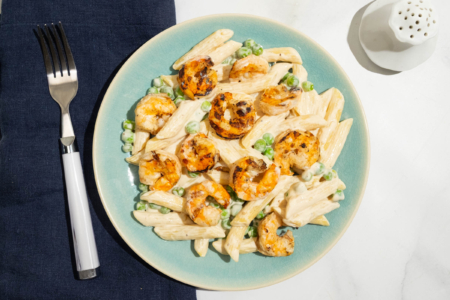1. Figure out what you have.
Take inventory of your savings, investments, property, cash that’s hiding under the mattress, and anything else you might have. The more accuate (and honest) you are, the easier it will be to set up a realistic and succesfull budget.
2. Estimate how much you’ll earn this year.

Easier said than done. If you have one fixed income source, you probably already have a good idea of what you take home each month. For hourly employees and freelancers, look at the last year to estimate how much you can expect to earn in the next six to twelve months.
3. Don’t forget about debts.

Ugh. This one is the worst. But don’t skip it! Take into account college loans, credit card debt, car payments, mortgages, and anything where you’ve accrued debt. Then, calculate how much you need to pay each month and take it into account when you’re looking at your whole budget. When necessary, break for a glass of wine (or two).
4. Track your spending.

All of it. From the latte in the morning to the spur-of-the-moment happy hour after work. Use an app or write it in a notebook, either way, no cheating! After a few months you’ll know exactly how much you spend on meals, date nights, gas, etc. It’s a scary but necessary step.
5. Set (realistic) goals.

If you spend an average of $400 on eating out each month, you probably won’t get that number down to $100… at least not right away. Set goals that closely resemble your average monthly spending. Then start to think about what you can do without.
6. Cut one non-essential.

You knew it was coming. Don’t eliminate all the little splurges from your budget — try for just one. If you like going to the movies once in a while, see if you can rent your next film online and save trips to the theater for special occasions. If you like going out to dinner, try to reduce evenings out and challenge yourself to cook a few nice meals at home. Again, just one.
7. Pay with cash.

It’s so 90s, we know, but it helps cut down spending. When your wallet goes from stuffed to empty, you have a physical reminder of having spent a bunch of money. And once there’s no more cash, you can’t spend any more.
8. Save without even thinking about it.

Set up a recurring monthly transfer from your checking to your savings account. Or from your savings to your investment account. The money will be gone before you even get a chance to spend it.
9. Have a ‘come to Jesus’ moment with yourself.

Are you sticking to your budget or is every day a cheat day? Check in with your goals and see if you’re spending too much or budgetting too little.
10. Be flexible.
Set yourself up for success by creating a budget that’s a challenge but not impossible. And if your financial situation changes, your budget should too.



